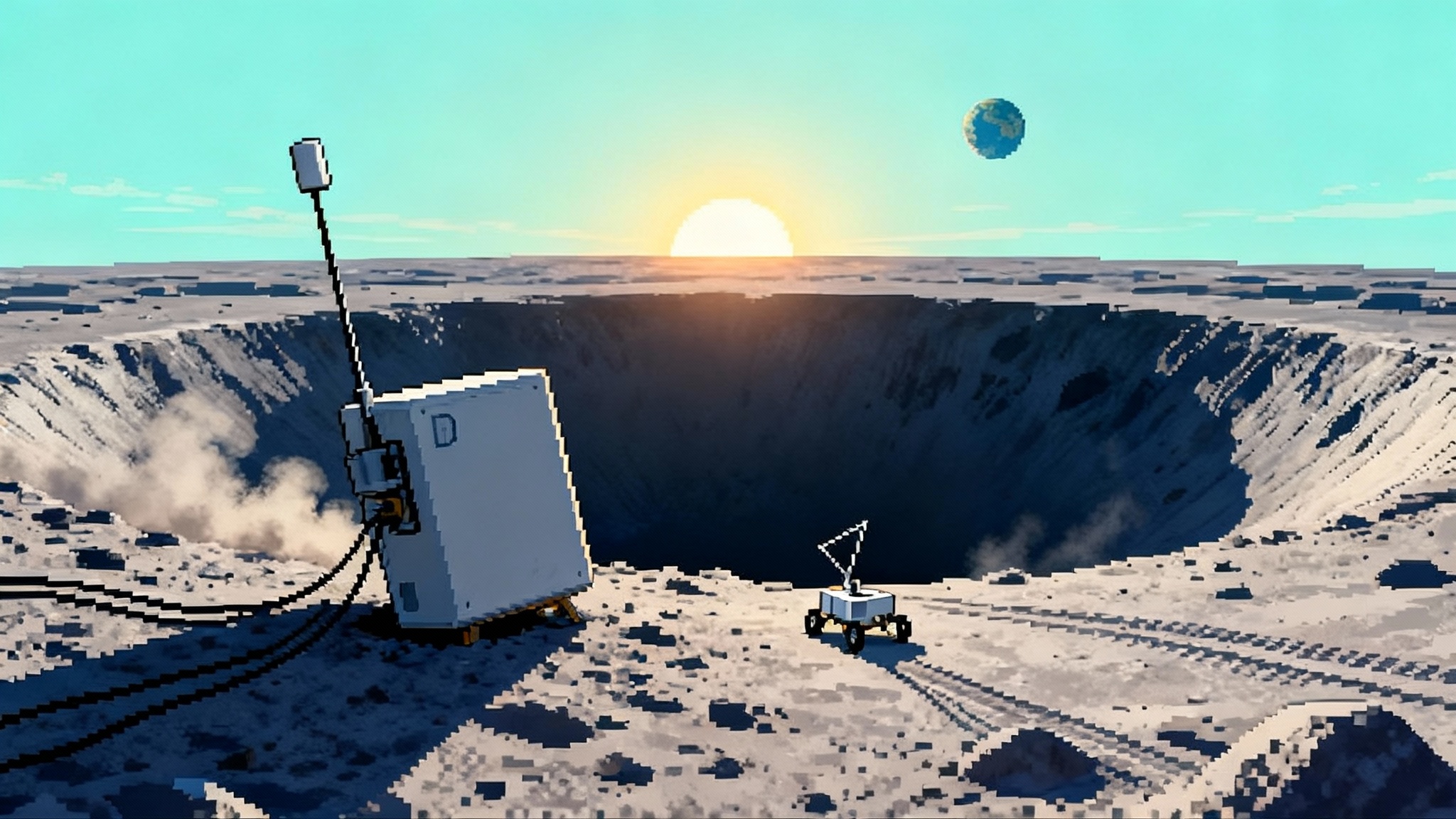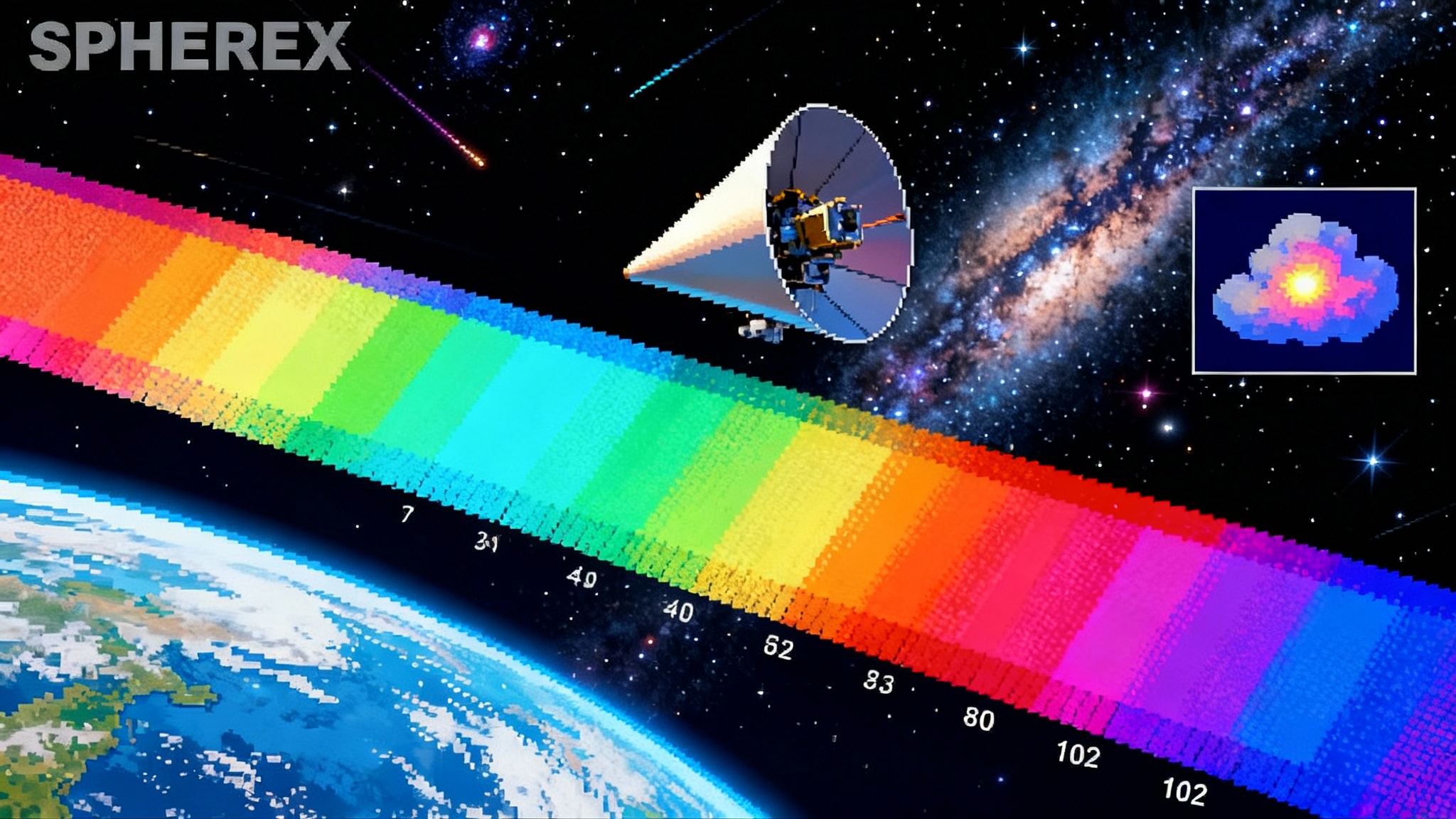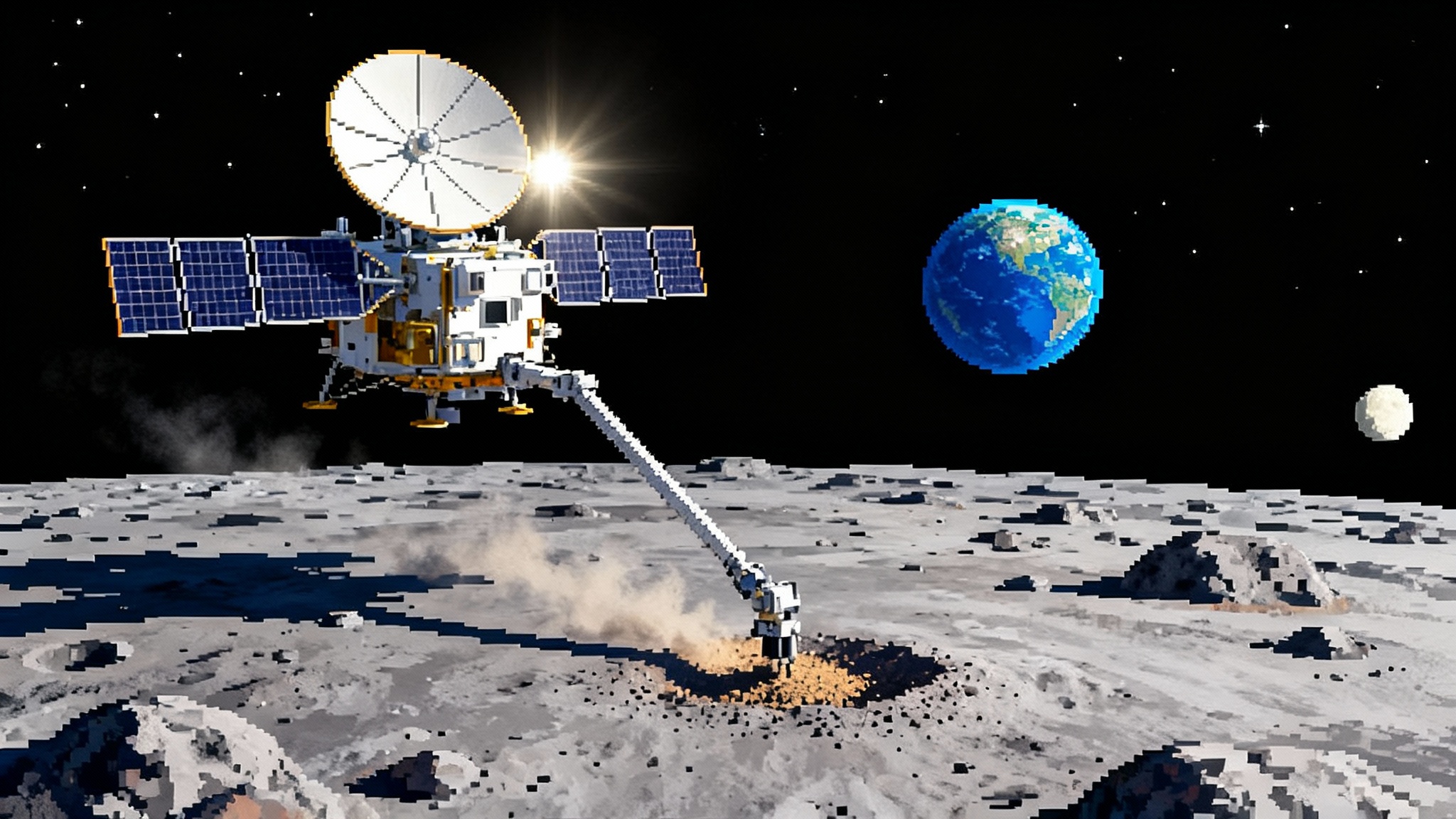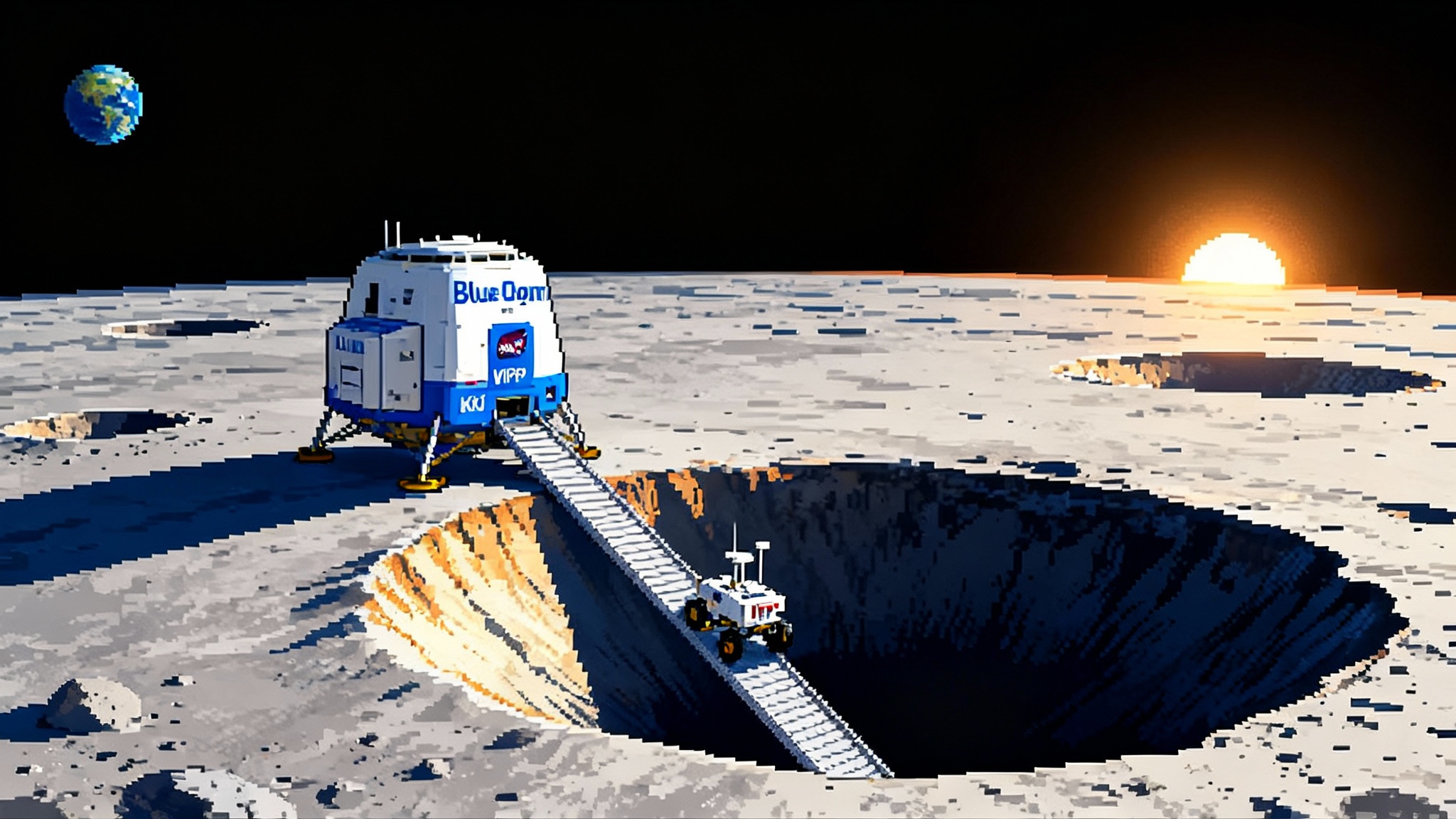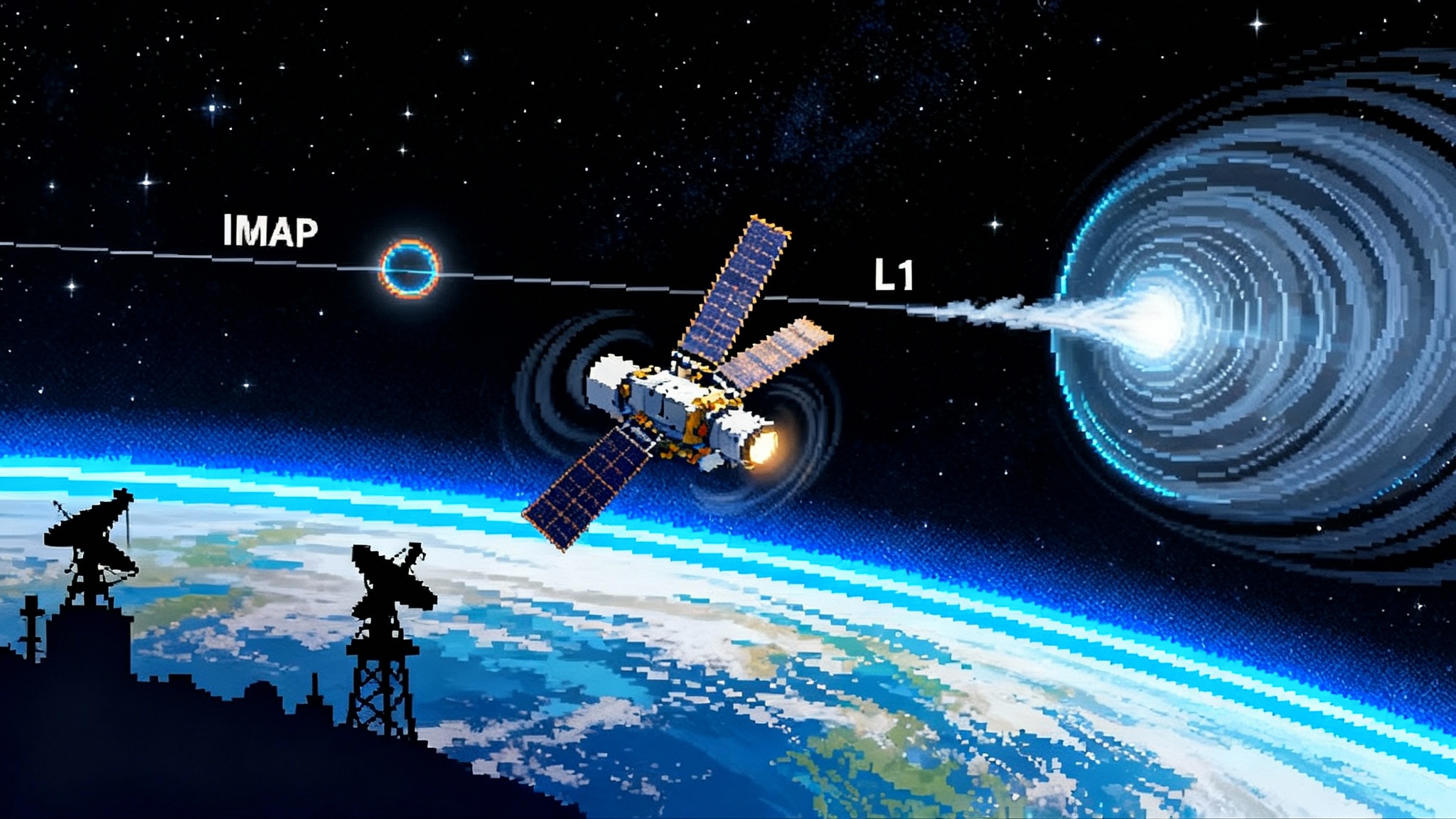428 km From Disaster: The Antarctic Asteroid Near Miss
On October 1, 2025, asteroid 2025 TF skimmed just 428 kilometers above Antarctica, the second closest flyby ever recorded. The scare exposes how small near‑Earth objects evade detection and previews the sensors, radar, and drills that will close the gap.
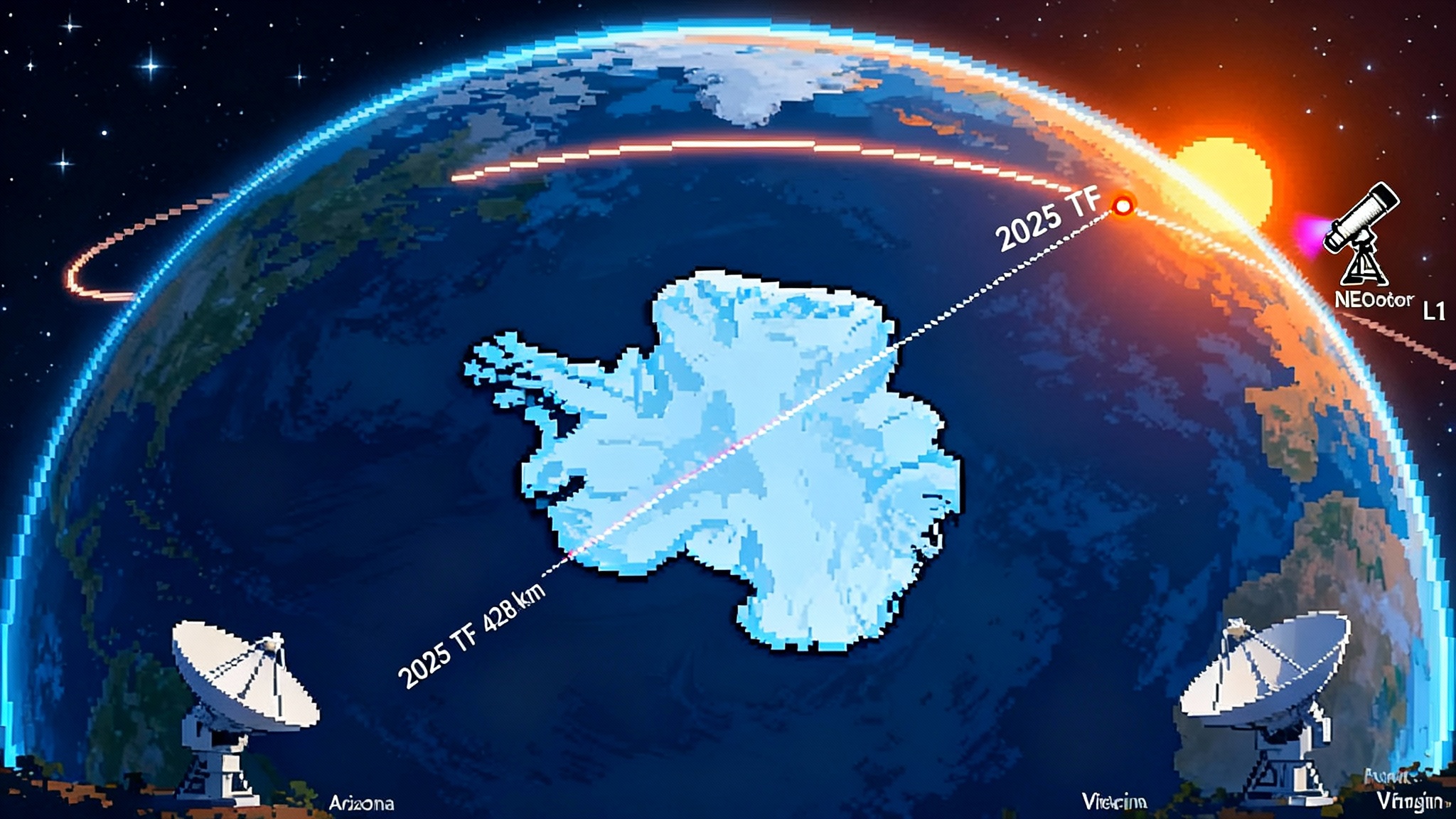
A rock the size of a sofa, a distance the size of a shrug
At 00:47:26 Coordinated Universal Time on October 1, 2025, a meter‑scale asteroid labeled 2025 TF swept over Antarctica at roughly the altitude of the International Space Station. The closest approach was 428 kilometers, with an uncertainty of only a few kilometers, and no one on the ground noticed in real time. Hours later, the Catalina Sky Survey flagged the object, and follow‑up observations pinned down the pass with striking precision. The European Space Agency later published the details, confirming the near miss and the timing down to the second. ESA confirms the 428 kilometer pass.
By measurements of known flybys, this was the second closest non‑impacting asteroid ever recorded. That the intruder was only 1 to 3 meters across is why it slipped past our watch. A rock that small burns up harmlessly if it hits the atmosphere, but its stealth makes it a perfect teacher. When a car‑sized object can share airspace with our satellites and escape notice until after the fact, it reveals a hard truth about planetary defense: our biggest blind spot is not the dinosaur killer, it is the pebble that sneaks up from the glare of the Sun.
What 2025 TF revealed about our small‑NEO blind spot
Near‑Earth objects, or NEOs, are asteroids and comets that come within 50 million kilometers of Earth’s orbit. For decades, the world has invested in finding the large ones first. That strategy made sense. Objects larger than 1 kilometer can trigger global consequences, and the community has cataloged roughly 95 percent of them. The next tier, roughly 140 meters across, can devastate a region. NASA was tasked by Congress to find most of these as well.
Small NEOs, however, are numerous and sneaky. They are faint, especially if they are dark and carbon rich. Many approach from the day side, practically invisible to ground telescopes that survey at night. Some pass over high latitudes where weather and daylight cut into observing time. And when budget or technical breaks occur, even routine follow‑up can lag. The result is exactly what we saw with 2025 TF. It did not threaten cities, but it came closer than many satellites. If a larger cousin had been on the same path, we would have had hours of warning, not weeks.
The lesson is not that surveys failed. In fact, the rapid post‑event tracking by the European Space Agency’s Planetary Defence Office and by observatories in the Southern Hemisphere showed how quickly the community can respond once an object is flagged. The lesson is that we need dedicated tools to see small, dark, sunward‑approaching objects before they surprise us.
The detection‑to‑deflection gap
Planetary defense is a chain. Detect early, confirm the orbit, characterize the object, decide on a response, then if needed deflect or evacuate. The chain is only as strong as its weakest link, which has long been the front end: detection and quick characterization. Even an effective deflection technology is useless if we meet the threat too late or if we cannot rapidly nail down an orbit and the object’s physical properties.
The good news is that the next 24 to 36 months bring a wave of upgrades across the whole chain. Some are space missions, some are ground systems, and some are playbooks that turn data into decisions. Together, they start to close the gap between detection and deflection.
Pillar 1: A heat‑seeking sentinel in space
The biggest change arrives with NASA’s Near‑Earth Object Surveyor, known as NEO Surveyor, which passed its critical design review in early 2025 and is targeting launch no earlier than September 2027. NEO Surveyor passes critical design review.
Why it matters: NEO Surveyor looks in thermal infrared, not visible light. Imagine walking a dark beach at night with a thermal camera instead of a flashlight. Dark rocks that are nearly invisible in reflected light glow in heat. Many hazardous asteroids are the celestial version of black asphalt, and NEO Surveyor will see them.
How it works: Stationed near the Sun‑Earth L1 point, the spacecraft will stare into regions of sky that ground telescopes avoid. From that vantage, it can search near the Sun’s direction, a notorious blind spot where sunward‑approaching objects hide. For additional context on why L1 matters for constant coverage, see the IMAP at L1 mission. Its 50 centimeter telescope and dual infrared bands are tuned for the sizes that matter most for regional risk, roughly 140 meters across. The mission’s baseline goal is to find at least two thirds of the undiscovered objects of that size.
Who is building it: The mission is led by NASA’s Planetary Defense Coordination Office, managed by the Jet Propulsion Laboratory, and developed with the Space Dynamics Laboratory, BAE Systems, and Teledyne. Data processing will flow through IPAC at Caltech, which is building the pipelines to deliver near‑real‑time alerts to the Minor Planet Center and the broader community.
What to watch over the next 24 months: thermal vacuum tests of critical hardware through 2026, end‑to‑end data pipeline rehearsals that inject simulated detections into processing, and cross‑calibration with ground surveys so that once on orbit, discoveries can be chased immediately with optical and radar assets.
Pillar 2: Smarter sky surveys on the ground
Even before NEO Surveyor flies, the ground game is stepping up. The Vera C. Rubin Observatory is moving from first‑light images toward full survey operations in 2026 with the world’s largest digital camera and a cadence designed to scan the southern sky every few nights. This matters for two reasons. First, Rubin’s depth and cadence will boost the discovery rate of smaller objects that flicker in and out of visibility. Second, the project is deploying new algorithms that link sparse detections across nights. For a deeper dive into the cadence and discovery pipeline, see Rubin’s 2026 discovery wave.
The algorithmic turn has already started. HelioLinc3D, designed for Rubin, proved the concept by discovering a hard‑to‑spot near‑Earth asteroid with data from the ATLAS survey. Other teams, including the Asteroid Institute with its cloud‑based tools, are mining archival images to make prediscoveries that instantly lengthen an object’s observed arc. When an asteroid is seen across more nights or years, its orbit uncertainty shrinks from a haze to a thread. That slashes the number of follow‑up observations needed and buys time for radar and spectroscopy.
Expect the pipeline between surveys and the Minor Planet Center to become more automated, with quality controls that flag ambiguous tracklets for rapid human review and machine learning filters that reduce false positives. If you want a simple mental model, picture the world’s telescopes as a picket fence. Artificial intelligence fills the gaps between the pickets, so fewer objects slip through. For how all‑sky infrared surveys sharpen discovery and characterization, see SPHEREx’s 102‑color sky map.
Pillar 3: Radar, our tape measure in space
Once an object is found, radar is the fastest way to tighten an orbit, size a body, and spot moons. The Goldstone Solar System Radar continues to set records for the number of near‑Earth asteroids it images each year, and high‑resolution delay‑Doppler techniques now routinely reveal shapes, spin rates, and binary companions. A single radar pass can reduce the along‑track position uncertainty by orders of magnitude compared to optical data alone.
A second radar renaissance is taking shape at the Green Bank Telescope in West Virginia. After a series of successful low‑power tests that produced meter‑scale images of the Moon and planetary targets, the National Science Foundation, the National Radio Astronomy Observatory, and the Green Bank Observatory are advancing designs for a high‑power transmitter paired with the Very Long Baseline Array as receivers. The goal is a system that can rapidly characterize small, newly discovered objects and hand mission planners the facts they need: size, shape, spin, and whether the target is a loose rubble pile or a solid monolith. Early 2026 is expected to bring expanded test campaigns, with more powerful systems to follow as funding and integration milestones are met.
Why this matters for deflection: you do not try to push on a pile of gravel the way you push on a brick. Radar tells you which one you have.
Pillar 4: Drills that turn data into decisions
Technology only lowers risk if institutions practice using it. Two complementary groups exist precisely for this: the International Asteroid Warning Network, which coordinates observations and warnings, and the Space Mission Planning Advisory Group, which coordinates mission options and response strategies. Together with space agencies they run tabletop exercises that force teams to make decisions under time pressure, share data, and communicate risk clearly.
In 2025, the community ran a new round of exercises that simulated a discovery with a non‑zero impact probability, with staged updates that required repeat orbit solutions, quick physical characterization, and messaging for civil authorities. In parallel, IAWN coordinated real‑sky campaigns on specific close‑approaching asteroids to practice end‑to‑end response, including radar slots and spectroscopy time. These drills are not press releases. They are checklists, phone trees, and prewritten briefings that shave hours when it counts.
The timeline from scare to readiness
Here is what will change between now and late 2028, and why it matters.
- Now to spring 2026: Ground surveys expand coverage in the Southern Hemisphere, and Rubin ramps to full cadence. Prediscovery algorithms mine years of images, lengthening orbital arcs for thousands of objects. Radar programs at Goldstone and Green Bank schedule more rapid response windows. This stage is about speed: find more, sooner, and feed better orbits to the rest of the chain.
- November 2026: Europe’s Hera spacecraft arrives at the Didymos system to measure the full outcome of NASA’s 2022 kinetic‑impact test. Hera’s results will ground truth our deflection models. They will tell us how much momentum transfer we really got, how crater ejecta contributed, and how the structure of a small body affects the outcome. The deflection playbook becomes less theory and more recipe.
- Late 2026 to 2027: NEO Surveyor finishes integration and test, then launches no earlier than September 2027. Within months of commissioning, the mission should begin delivering daily lists of thermally bright candidates that are invisible to visible‑light surveys. Those detections are passed to the Minor Planet Center, with automatic triggers to queue optical and radar follow‑up.
- 2027 to 2028: With both NEO Surveyor and Rubin in full swing, discovery and characterization rates jump. Radar becomes the standard second step for newly found objects with any risk, and rapid‑response recon is exercised with small spacecraft concepts that can fly by a target on months of notice. Agencies refine thresholds for public notifications and civil planning.
What changes in practical terms: the time from first detection to a precise risk assessment drops from weeks to days. For larger objects, weeks turn into months or years of warning, enough to mount a deflection if ever required.
Concrete actions that would make the most of this moment
Hardware is not enough. The fastest way to turn these investments into safety is to tighten the seams between them.
- Fund a 24‑hour near‑Earth object triage desk that sits between the Minor Planet Center, radar schedulers, and survey leads. One phone number, one on‑call team with authority to book telescope time across agencies when a new object crosses a risk threshold.
- Expand radar time by pre‑allocating rapid‑response blocks at Goldstone and Green Bank. A newly found object should not wait behind routine observations. Publish a standing cadence for how blocks are used, and report monthly on response times.
- Scale prediscovery. Support cloud credits and staff for archival searches across Zwicky Transient Facility, Pan‑STARRS, ATLAS, and Rubin commissioning data. Every extra night in an orbital arc lowers uncertainty and avoids unnecessary alarm.
- Practice with satellites in mind. A pass as low as 2025 TF poses negligible ground risk but non‑zero space risk. Add conjunction analysis to IAWN drills so operators of low Earth orbit constellations receive alerts if a natural object’s path intersects a dense orbital shell.
- Clarify thresholds for public risk communication. Define, jointly with civil agencies, when a non‑zero impact probability triggers public messaging, what that message says, and how updates are timed. Practice this with local emergency managers, not just scientists.
- Build the bridge to deflection missions. Fund design studies for small, fast‑launch spacecraft that can perform a flyby reconnaissance or a kinetic impactor if a medium‑sized object were ever found on a collision course with months of warning. Tie those studies to Hera’s measured outcomes so designs are anchored in reality.
What if 2025 TF had been bigger?
The October flyby was harmless because the rock was small. Scale it up to 20 meters, the size of the 2013 Chelyabinsk bolide, and you get a bright airburst that can shatter windows across a city. Scale it to 50 meters and you can damage a metro area with shock waves and thermal radiation. Even without ground impact, a low pass like 2025 TF could cross populated satellite lanes. The difference between a close call and a close call with consequences is often just size.
What changes that outcome is vision time and physical characterization. Early detection lets operators move satellites, and it buys enough days to rule out an impact or to prepare for one. Radar or thermal data tell us whether the object is dark and fluffy or bright and dense, slow or fast spinning, single or binary. Those facts determine how you would deflect it and how you would warn communities below a potential airburst path. That is the detection‑to‑deflection gap, and that is what the next few years are designed to close.
The wake‑up without the panic
If you are looking for a silver lining, it is that the system worked after the fact. Catalina spotted the intruder within hours. European and global teams nailed the orbit. The event became a stress test for a world that is building capability rather than just collecting anecdotes.
The right response to 2025 TF is not fear, it is focus. We can measure risk down to the kilometer. We can schedule follow‑up in minutes. We can practice decisions before they are needed. In the next 24 to 36 months, a heat‑seeking telescope at L1, a smarter fleet of sky cameras, sharper planetary radar, and crisper drills will turn a once‑in‑a‑decade scare into a decade of preparation.
An asteroid the size of a sofa just flew through our orbital front yard without so much as a wave. Next time, we should see it coming while it is still down the block.
